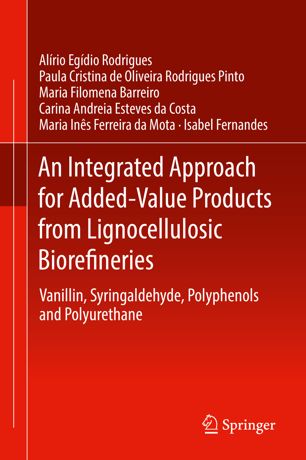

Most ebook files are in PDF format, so you can easily read them using various software such as Foxit Reader or directly on the Google Chrome browser.
Some ebook files are released by publishers in other formats such as .awz, .mobi, .epub, .fb2, etc. You may need to install specific software to read these formats on mobile/PC, such as Calibre.
Please read the tutorial at this link: https://ebookbell.com/faq
We offer FREE conversion to the popular formats you request; however, this may take some time. Therefore, right after payment, please email us, and we will try to provide the service as quickly as possible.
For some exceptional file formats or broken links (if any), please refrain from opening any disputes. Instead, email us first, and we will try to assist within a maximum of 6 hours.
EbookBell Team

4.1
50 reviewsThis book offers the state of the art on the progress and accomplishments of 25 years of research at the Associate Laboratory LSRE-LCM - Laboratory of Separation and Reaction Engineering - Laboratory of Catalysis and Materials on lignin conversion to value-added products and their downstream separation. The first valorisation pathway presented for lignin is its partial depolymerisation by oxidation for the production of low molecular weight phenolic compounds, such as vanillin and syringaldehyde, and the second one is the lignin application as macromonomer for polyurethane synthesis.
In this book, the authors present the integration of these two valorisation pathways as an exclusive vision of LSRE-LCM resulting from hands-on experience on reaction and separation processes: the integrated process for lignin valorisation. In this perspective, the lignin is oxidized to simultaneously produce syringaldehyde and vanillin, and the obtained by-products to produce a polyol for lignin-based polyurethanes, completing the lignin value chain. On the perspective of pulp mill-related biorefineries, a valorisation route for eucalyptus bark is also presented, focusing on LSRE-LCM experience on extraction and separation of bioactive polyphenols, giving some insights about further integration of extracted bark on biorefining operations.